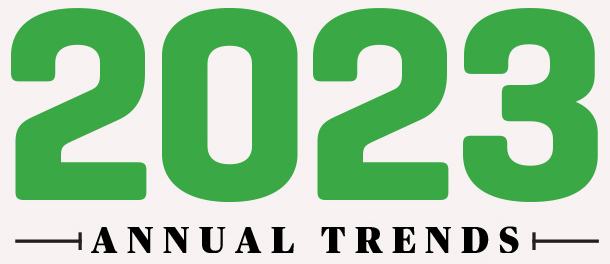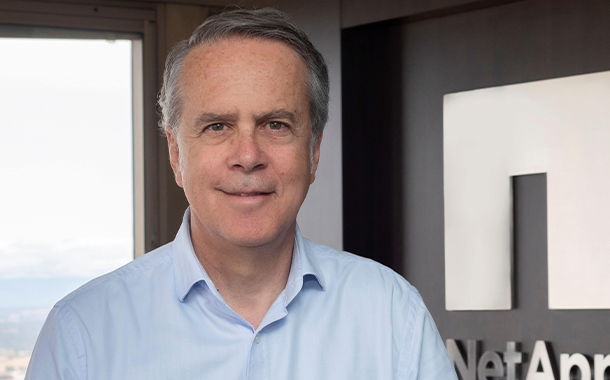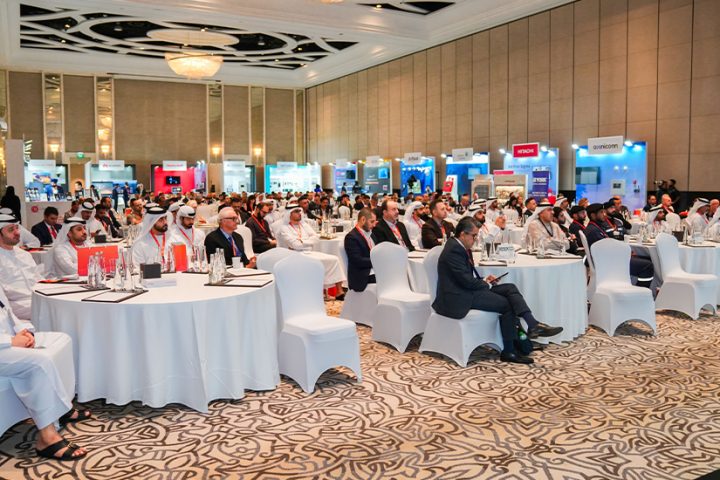The multicloud will increase in importance as more services move from on-premises to the cloud. According to research firm Gartner, it’s expected that on-premises versus cloud spend will flip by 2025. While this continued migration to the cloud is not surprising, cloud adoption will continue to accelerate in 2023 because of supply-chain issues requiring buyers to look beyond on premises hardware to ease procurement challenges and the need to pursue aggressive sustainability objectives.

The rapid adoption of multiple clouds is even more interesting. In fact, 89% of companies are using multiple clouds to manage IT services, operations, and infrastructure. This seems to be a place some companies have landed out of necessity, or even by accident, as they worked to mitigate supply-chain issues by linking to multiple cloud providers who could each help them drive innovation and ensure security, scalability, and flexibility outside their data centre.
The multicloud will increase in importance as more services move from on-premises to cloud
This has brought about unnecessary complexity that companies will look to address through the adoption of common services across clouds.
Skills gap
More companies adopting multiple clouds means the skills gap will move from fierce competition between employers to retain top talent. It is difficult finding talent that can work skilfully within one cloud. Creating teams skilled in managing multiple clouds becomes a significant challenge and can take extended periods to develop.
It is expected that on-premises versus cloud spend will flip by 2025
Companies need teams that can innovate and build. If employees are only spending time on operations, they cannot innovate. This need will only intensify, and companies will need to become more comfortable in hiring for potential over talent, and be willing to provide the team members with the training they need to succeed.
Sustainability
Sustainability will only become more important to IT buyers, and they will require more data to support claims from their vendors. Vendors will need to show they are working toward, and achieving greater sustainability throughout their value chains and delivering product features that enable their sustainability.
Cloud adoption will continue to accelerate in 2023 because of supply-chain issues
They will have to work harder to increase energy efficiency with their facilities and on-premises equipment and provide improved methods for data categorisation that enable buyers to look across their entire data estates and tier data, which is particularly effective in the cloud.
When we consider that 68% of data is used once and then never again, we can see how moving this unused data to the cloud, where it can be tiered and moved to cold storage, is beneficial for the planet. It has been interesting to see the level of sustainability specifications and feature granularity that buyers now demand when making purchasing decisions.
Quantum computing
Quantum hybrid computing will start to move from ideation toward practical application, problems such as elements of AI will be broken out and passed over to quantum systems for processing, we will start to see a blend of traditional HPC and Quantum to solve some of these most complex issues. This will also force us to better address cybersecurity. Companies need to think about data encryption now more than ever.
Criminals are increasingly sophisticated, and companies need to be equally sophisticated when it comes to their security measures. While this will not happen overnight, the wheels have been set in motion for quantum to be a threat to encryption on sensitive data.
Normal computers, even high-powered computers, would take decades to break these encryption algorithms. Quantum hybrid will be able to break existing encryption protocols in less than a decade so new encryption protocols and algorithms can be developed sooner. Companies would look to quantum to address more complex computing challenges.
Enterprise Kubernetes
As more business-critical and data-rich apps get containerised and run on Kubernetes, they will need a richer set of data services for protection, mobility, compliance, and governance. Stateful applications will become ubiquitous with advanced data management needs, ransomware protection, and disaster tolerance.
A key trend for 2023 and beyond is to create lots of clusters and use tooling to manage 100s – 1000s of clusters at scale. The intention is to transition away from managing clusters as pets, a few large clusters hosting all applications and using K8s as a true cluster operating system where the cluster is the computer. Kubernetes at its core is also a cluster commoditisation technology making it easy to create, run, and operate clusters at scale.
Cyber resilience
The current challenges in terms of health, economy and war mean that cyber-resilience is more crucial than ever before. Businesses and organisations will rely more than ever on IT resources to provide round-the-clock protection and quick recovery for their data. This is because the question is no longer whether they will be attacked, but rather when and how often, so we need to address the problem head-on and a small number of small and medium-size companies are still not prepared.
Previously, a business’ cyber defence strategy focussed on anticipation of the attack, but today it is more about reacting during the attack and quick recovery after it. Detection, protection and remediation will be the watchwords of cybersecurity in 2023.



















